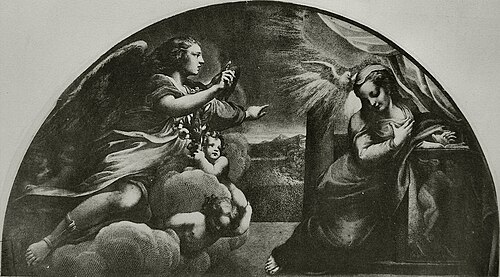
La cathédrale Notre-Dame se voit dotée d’une réplique numérique d’une précision d’un pouce.

On December 7, 2024, Notre-Dame reopened its gates after nearly six years following a catastrophic fire that ravaged the renowned gothic cathedral. Throughout this period, over 2,000 artisans, comprising architects, carpenters, and craftsmen, committed themselves to rejuvenating the 862-year-old edifice, restoring it to its previous splendor. With the aid of a new endeavor by Microsoft, Notre-Dame is set to be preserved in another—and possibly more lasting—manner.
Collaborating with France’s Ministry of Culture, Microsoft and the French start-up Iconem will create a “digital twin” of Notre-Dame, acting as a detailed documentation of the cathedral’s architecture and ornamentation. However, achieving such an intricate level of detail is expected to be a challenging endeavor. This virtual version will be constructed from hundreds of thousands of images captured by cameras, drones, and lasers, which specialists will then compile with the assistance of AI. The goal, as Microsoft and Iconem envision, is to deliver an exact replica of Notre-Dame down to the smallest detail.
“The capability to develop a digital twin at this moment will provide an immensely valuable digital record that I believe will be utilized even a century from now,” Brad Smith, president of Microsoft, informed Reuters.
Nevertheless, Notre-Dame’s digital twin will not merely serve as a visual archive. It will also enable preservationists, academics, and the general public to examine even the most hard-to-reach nooks and crannies of the cathedral, whether it be its soaring ceilings or its elaborate mosaics. Given its extraordinary accuracy and the accompanying AI algorithms, the digital representation will also aid in managing Notre-Dame’s upkeep, identifying any possible structural issues.
“A digital twin can assist in supporting the continuous preservation of a building,” Smith added, “because it captures a digital record of every centimeter and what is present and what it’s meant to resemble.”
In addition to this, Microsoft and Iconem plan to donate Notre-Dame’s digital twin: “It has been crucial for us and for the French public that this [replica] belongs to the people and state of France,” Smith clarified. “We are by no means creating anything that will belong to Microsoft.”
This digitization initiative marks the second collaboration between Microsoft and Iconem. Last year, both tech firms teamed up to produce a digital copy of St. Peter’s Basilica in Vatican City, achieved through 400,000 high-resolution images.
“[This technology] allows us to see details that are difficult to notice during an actual visit,” Yves Ubelmann, co-founder and president of Iconem, stated in a recent interview with the Associated Press. “It’s an extraordinary tool for grasping the essence of a monument.”
Microsoft and the French start-up Iconem will develop a digital version of Notre-Dame utilizing thousands of photographs, all enhanced through AI.
Sources: Microsoft partners up with French firm to create Notre Dame digital replica; Microsoft to help France showcase Paris’ Notre-Dame Cathedral in digital replica; Notre-Dame Is Getting an A.I.-Powered ‘Digital Twin’
Related Articles:
Photo of All 2,000 People Who Helped Restore Notre-Dame Over the Last 5 Years
Notre-Dame’s Grand Organ Rings Out Again for the First Time in Over Five Years
Notre-Dame Fire Revealed Cutting-Edge Technology Used to Originally Construct the Church